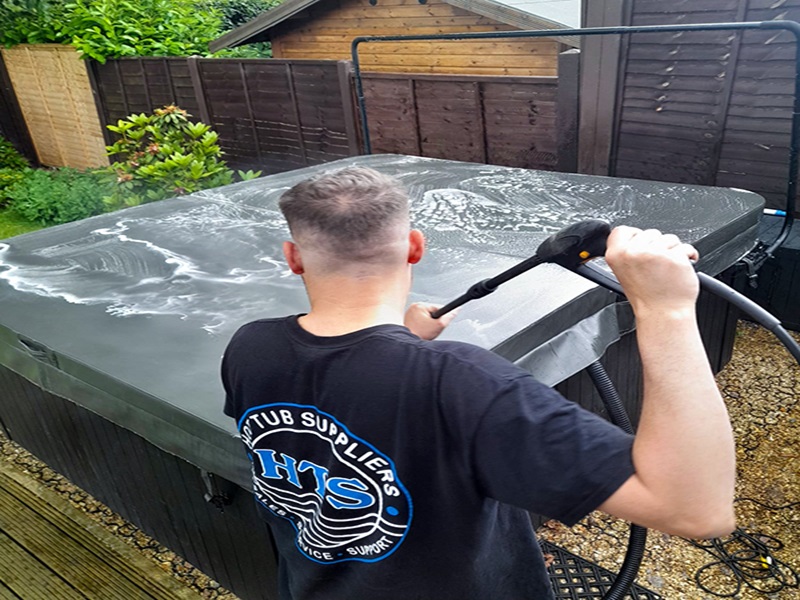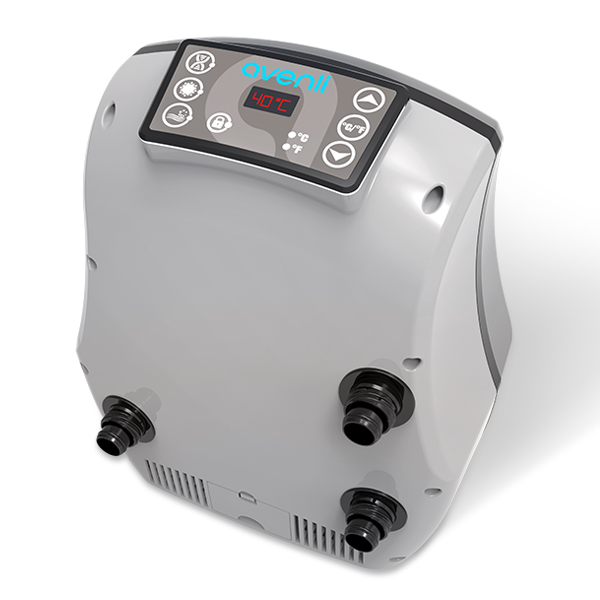A spa is more than just a luxury—it’s a place of relaxation, therapy, and rejuvenation. But without proper maintenance, it can quickly become a breeding ground for harmful bacteria and algae. One of the most critical aspects of spa care is ensuring the correct levels of sanitizers, particularly chlorine and bromine. These chemical agents are essential for keeping your spa water clean, safe, and inviting. Regular testing of chlorine and bromine levels is not just recommended—it’s vital for the overall health of your spa and the safety of its users.
The Role of Chlorine and Bromine in Spa Maintenance
Chlorine and bromine are both effective sanitizers used to kill bacteria, viruses, and other microorganisms in spa water. While they serve the same primary function, they work a bit differently:
-
Chlorine is fast-acting and commonly used in pools and spas. It oxidizes contaminants quickly and leaves behind a residual that continues to sanitize the water.
-
Bromine works more slowly but remains effective at higher temperatures, making it particularly well-suited for hot tubs and spas. It also tends to be less harsh on the skin and eyes.
Both chemicals degrade over time due to exposure to heat, sunlight, and organic matter like body oils or cosmetics. Without regular testing, their levels can fall below the necessary threshold, leaving the water vulnerable to contamination.
The Dangers of Imbalanced Sanitizer Levels
Failing to maintain appropriate levels of chlorine or bromine can lead to several problems:
-
Bacterial growth: Insufficient sanitization allows harmful microorganisms to thrive, potentially leading to skin rashes, respiratory issues, or more serious infections.
-
Algae buildup: Algae can make the spa water cloudy, slippery, and unappealing.
-
Unpleasant odors: A spa that smells strongly of chemicals often indicates imbalanced or spent sanitizers.
-
Corrosion and scaling: Imbalances can also affect the spa equipment and plumbing, causing corrosion or calcium scale buildup, which can be costly to repair.
Why Regular Testing Matters
Sanitizer levels can fluctuate daily based on usage, temperature, and exposure to elements. That’s why it’s important to test the water at least 2–3 times per week—or daily if the spa is used frequently.
Regular testing helps ensure:
-
Safe and healthy water for users
-
Prolonged life of spa equipment and components
-
Optimal performance of your spa system
-
Efficient use of sanitizing chemicals, preventing both overuse and underuse
Using reliable test strips or digital testers can provide quick and accurate readings. Many modern spa owners also opt for smart water monitors that provide real-time updates via smartphone apps.
Best Practices for Testing and Adjusting Levels
-
Keep chlorine levels between 1.0–3.0 ppm and bromine levels between 3.0–5.0 ppm.
-
Test after each use and before adding more chemicals.
-
Adjust levels slowly to avoid overshooting the target range.
-
Keep a log of your test results to spot trends or recurring issues.
Conclusion
Maintaining proper chlorine or bromine levels isn’t just about achieving clear, sparkling water—it’s about protecting your health and ensuring the longevity of your spa. With the right chemical essentials from trusted hot tub suppliers, keeping your sanitizer levels in check becomes simple and stress-free.
Reputable suppliers offer high-quality testing kits, reliable chlorine and bromine products, and expert advice tailored to your specific spa setup. Investing in these essentials from a trusted source ensures your hot tub remains a safe, hygienic, and enjoyable retreat for you and your loved ones.
Regular testing and the use of proven spa maintenance products go hand-in-hand. When you partner with a knowledgeable hot tub supplier, you’re not just buying chemicals—you’re gaining a resource to support your spa’s long-term health.


